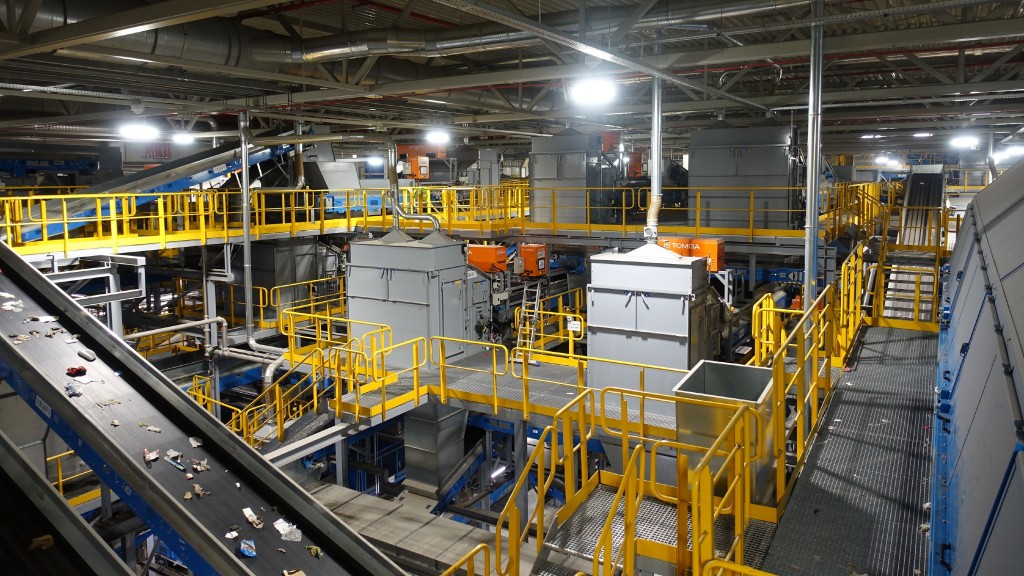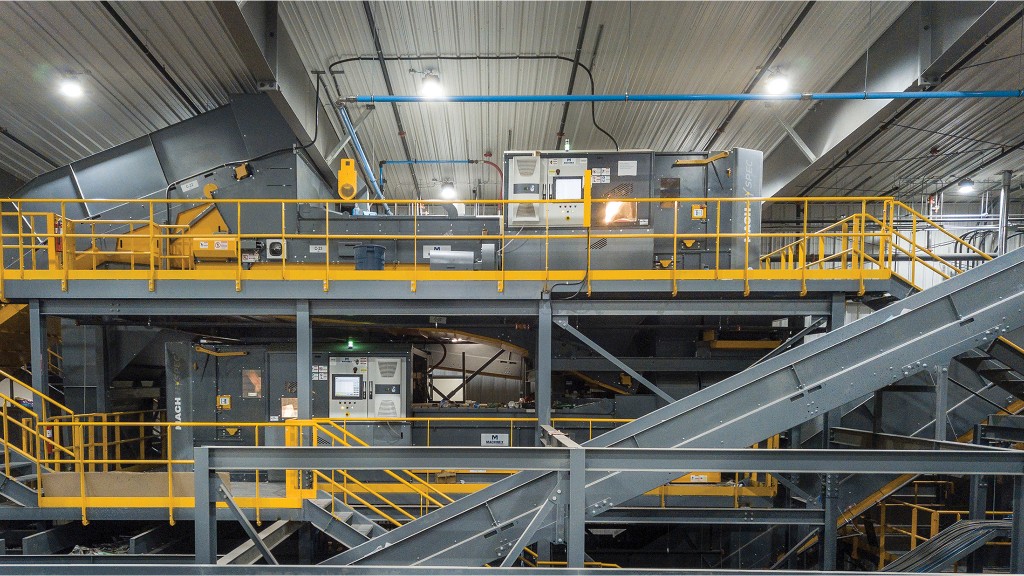TOMRA study highlights potential for holistic resource management to save over 2.5 billion tonnes of C02 annually

The United Nations Sustainable Development Goals (SDGs) of 2016 have been released by the European Commission. The new EU climate law increases the emission reduction target from 40 percent to at least 55 percent by 2030 to meet the expectations of the November World Climate Summit in Glasgow.
TOMRA aims to help achieve the goals and take waste management to another level. A new study commissioned by TOMRA and conducted by EUNOMIA demonstrates the potential for an optimized waste management system regarding climate change. Overall, a reduction of 2.76 billion tonnes of CO2 per year is possible.
This reduction can be achieved using Holistic Resource Systems - the optimized combination of key waste management practices for collection, sorting and recycling to facilitate the transition toward a circular economy, which prevents resource depletion, reduces littering and contributes to a carbon neutral world.
Holistic resource systems are an ideal combination of political framework regulations, such as extended producer responsibility, deposit return schemes, and technical processes for waste handling. London-based consultancy for sustainability, Eunomia, has examined various models to identify the most efficient, cost-effective scenario for a holistic system.
Outcomes of an efficient and cost-effective holistic system
Deposit return systems for PET bottles and metal beverage containers, which deliver a return rate of over 90 percent, should play a central role in such a system.
In regards to remaining household waste, only biowaste, paper, textiles, and electrical and electronic equipment should be collected separately. The rest should remain in a mixed waste stream which can be most efficiently separated into reusable materials for further recycling. This will enable regionally customized holistic models to cut global CO2 emissions by up to 5 percent - the equivalent of grounding all commercial flights globally and taking 65 percent of cars off the road.
The three elements of holistic waste management
- Deposit return schemes (DRS) for PET and metal beverage containers deliver a return rate of more than 90 percent. They maximize captures of high quality, high carbon-intensity material while reducing litter
- Separate collections of biowaste, paper, textiles and electrical and electronic equipment (WEEE) enable these materials to be recycled for the greatest carbon benefit. Further sorting of the residual waste fraction will always be necessary
- Mixed waste sorting (MWS) generates additional collection and recycling rates above and beyond what the other elements can deliver. The incineration or landfilling of plastics and other high carbon materials generates unnecessary greenhouse gas (GHG) emissions. MWS reduces those emissions and returns more materials to the system for incorporation into new products.



